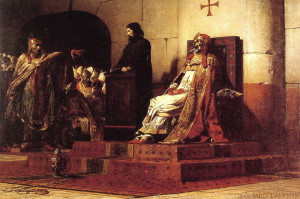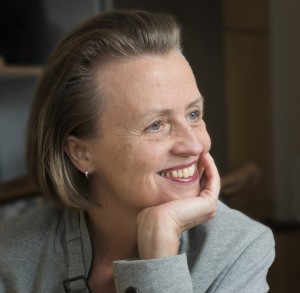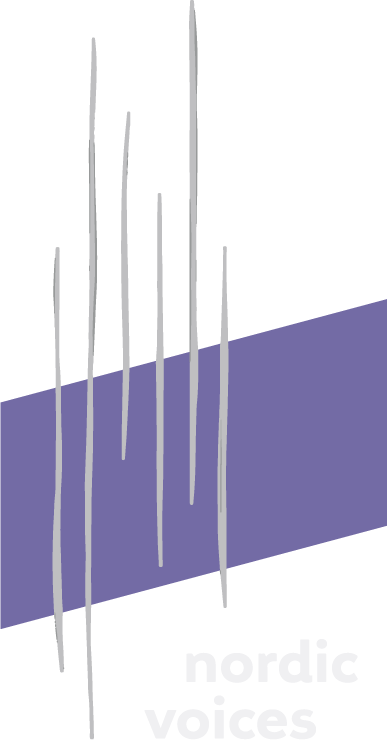
Currently the singers of Nordic Voices are working on a new piece by the acclaimed composer Cecilie Ore – “Dead Pope on Trial”. It was commissioned by the contemporary festival Other Minds more than a year ago. On Friday March 4th the composer will be present when Nordic Voices premieres the 21 -minute piece of music at The Jazz Center, 201 Franklin Street, San Francisco, USA.
The year was 887. Pope Formosus had lain safe in his grave in nine months when he was brutally torn from his eternal sleep to stand trial. He had been accused of having abused his papal ministry and having invoked dignity he had not deserved. The dead body was dressed in full regalia before it was placed on a throne. In the trial that followed Formosus was found guilty and got his three boon fingers chopped off. Then the body was stripped and thrown into a grave with poor people. As there was considerable disagreement about the question of guilt, he undergoes burials, desecration, suspicions and allowances six times before what was left of his broken and battered body was finally laid to rest in St. Peter’s Basilica in Rome.
Cecilie Ore is excited until she gets on her plane across the Atlantic to attend the Other Minds. For it’s not just about the premiere of her new piece. – Other Minds is a very reputable and established festival with great width. All the invited composers will first stay, have conversations and present our works for five whole days at the Djerasse Resident, a ranch outside San Francisco. Then there will be three whole days where the music performances will be in focus.

How “Dead Pope on Trial” will sound like, she already has got a certain idea. After being present during a couple of the rehearsals, she seems satisfied. – It’s exciting every time I get to work with Nordic Voices. They have a unique ability to pounce on new material and new challenges. In that sense it is a privilege to be allowed to work with them.
Photos:
- Cecilie Ore: Ketil Born
- Jean-Paul Laurens, “Pave Formosus og Stephen VI – The Cadaver Synod” (1870) (via Musée des Beaux-Arts de Nantes)

